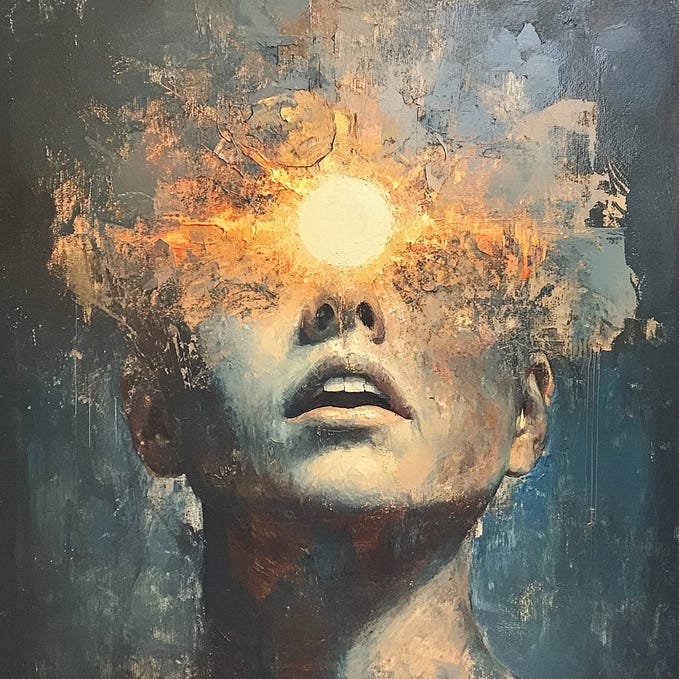Charles Eames has the perfect definition of Design
When Charles Eames responded to a questionnaire from Madame L’Amic, curator of the exhibition “Qu’est ce que le design? (What is Design?)” at the Musée des Arts Décoratifs, Palais de Louvre in 1972, he says:
Q: “What is your definition of ‘Design,’ Monsieur Eames?
A: “One could describe Design as a plan for arranging elements to accomplish a particular purpose.”Q: “Is Design an expression of art?”
A: “I would rather say it’s an expression of purpose. It may, if it is good enough, later be judged as art.”Q: “Is Design a craft for industrial purposes?”
A: “No, but Design may be a solution to some industrial problems.”Q: “What are the boundaries of Design?”
A: “What are the boundaries of problems?”
There’s a lot packed into the lines above. He elegantly outlines perhaps the greatest definition of what design is: a solution to a problem.
Notice he specifically does not say that all design is good or that it is necessarily “art” (or even “not-art”). He does not focus design toward graphic, industrial, or decorative objectives, nor does he deny them. He does not pigeonhole design as being mystical, dogmatic, nor does he maintain that design has to be pragmatic — or even valuable. He simply outlines that design is a mental model that is focused on solving a problem, and as such, it is infinite.
According to the Eames Office, this interview was originally created for an exhibition catalog, but three years later: “the Eameses transferred slides to film to make Design Q&A, which shows images of furniture, toys, exhibitions, films, and graphics created over the years by the Eames Office.”
Here’s the film in full, please spare 5 minutes and 29 seconds of your life to watch this. It’s really worth it:
(5'29" later)
So you’ve just watched it… now, aren’t you amazed and inspired? I’ve watched it sooo many times and I find new insights each time. I think it’s one of those rare perfect gems that was likely not over-worked but just formed whole.

You can feel the personable warmth combined with the clarity of thought and hand-made charm of the film to make something filled with wonder. Nature, people, society, technology, family, play, engineering, and home all find a place. While idealistic, the film doesn’t feel naive.
This film also embraces the progressiveness of the early 70's, It does not side-step issues of technology, ethics, or the societal role of the designer — it simply re-contextualizes these into the abstract. Eames provides a humanist view of the designer in a world of constraints, the job of the designer is to learn about those constraints in order to provide a better solution. How equitable!

I am a UX Designer currently working in People Analytics, but I’ve been a working designer for more than 2 decades. While I’ve been perpetually learning about many aspects of design during that whole journey I feel like a turning point in my career was actually discovering this film. It has helped me to define my own mission as a designer, and it helps me stay focused on the human aspect of my work. To ensure I spend my time in conversation and to consider the application of my work as a service for others. It is bright, friendly, centered, curious, and playful — traits I’m sure we all aspire to.
I write this post not only to share one of my favorite films but also to help spread its reasonable message. I feel like he’s describing our contemporary UX practice, but also I’d like to open some dialog about it as well.
What do you think of his message? Does it still resonate today?
Do you think the mentality displayed in 1976 is still effective in our contemporary world?
Does he describe something you currently feel about your process?
What process changes do we have in technology that are fundamentally different?
End note: I know Ray Eames likely did equal work on this project and that her name was included on the documentation over at the link from the Eames studio. I left the focus on Charles / “him” for this piece to keep with the original film and text but certainly do not overlook her amazing accomplishments and collaboration.






